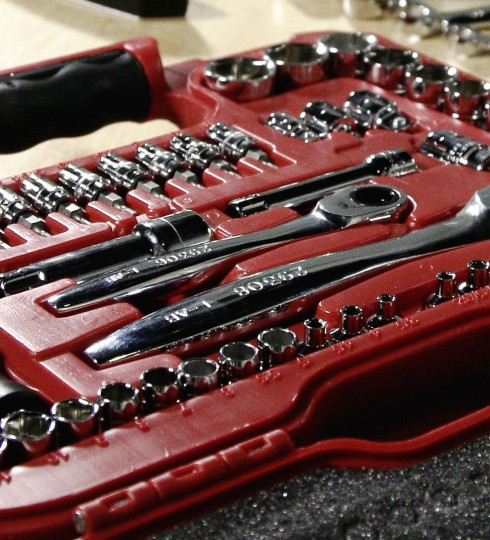Types of Wrenches
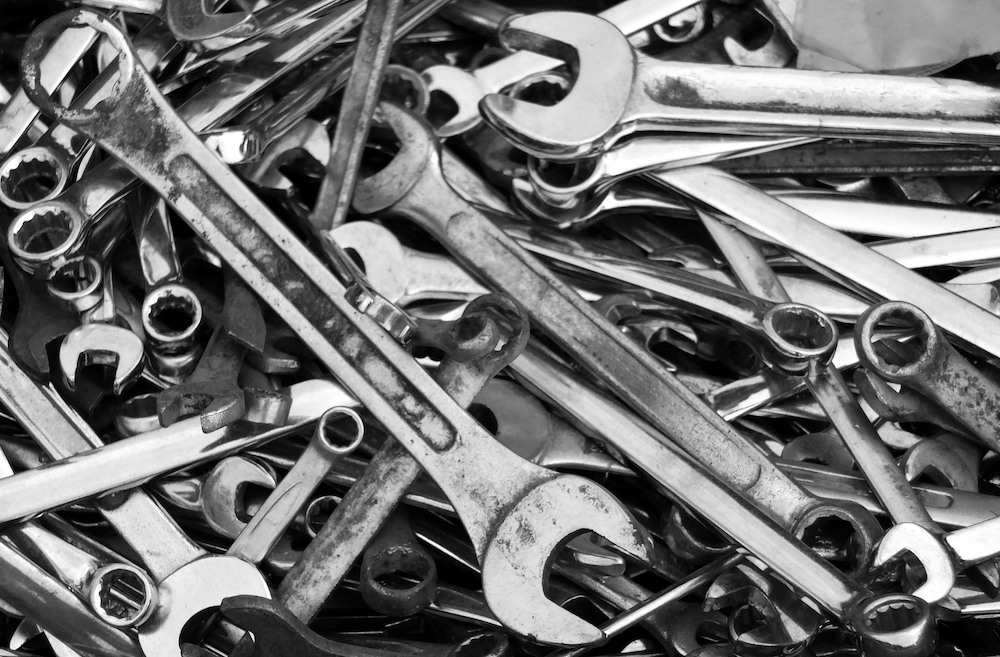
1. ADJUSTABLE OR CRESCENT WRENCH
The adjustable wrench isn't a precision tool but it’s very versatile. The jaws adjust to fit various fasteners, and allow for quickly resetting your grip. When using one, apply the pressure against the fixed jaw so you won’t break the moving joint.
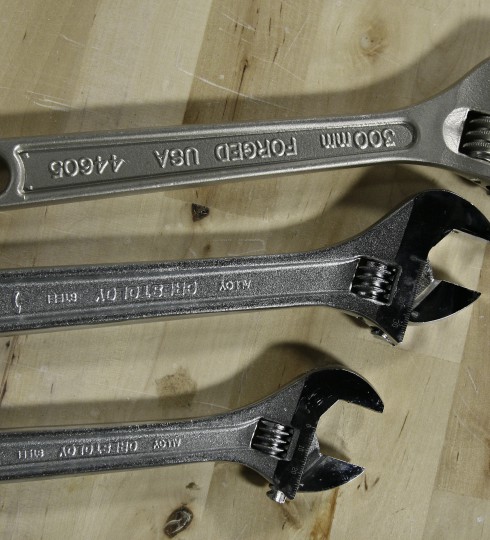
2. PIPE OR MONKEY WRENCH
The pipe wrench is a heavy-duty wrench used especially for plumbing and heating projects. It’s designed to dig in and create its own teeth marks in pipe and then release. This is the tool needed for removing a radiator or running gas pipe to a gas grill. But, it’s not the best choice for decorative plumbing - the teeth will mar your finish.
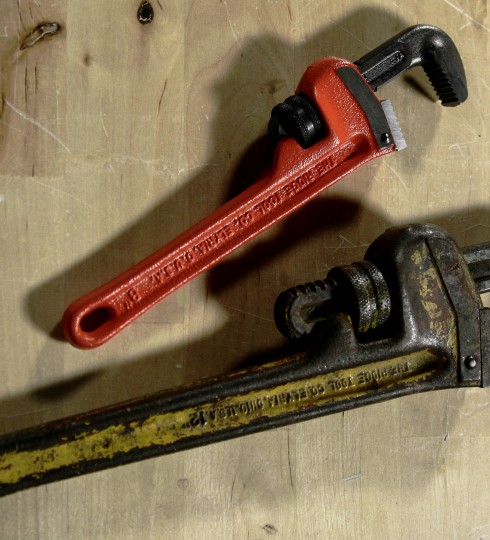
3. COMBINATION WRENCHES
Combination wrenches are made with few moving parts or none at all so they can withstand a lot of force. They have an open end for quick adjustments on fasteners and fitting, and a closed or boxed end that won’t slip off when you’re applying force. The thin profile fits in really tight spots – which can be great for small engine and automotive repair. They’re sized very precisely, and you’ll need different wrenches to fit metric or standard (SAE) fasteners. If the exact right size wrench doesn't match the fastener, you could round out the bolt, which is a huge hassle to remove.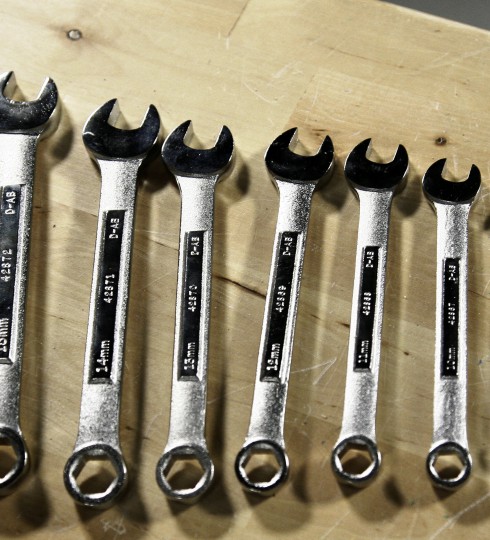
4. OFFSET WRENCH
Offset wrenches are another variation of the combination wrench. They that allow a little extra clearance in hard to reach areas.
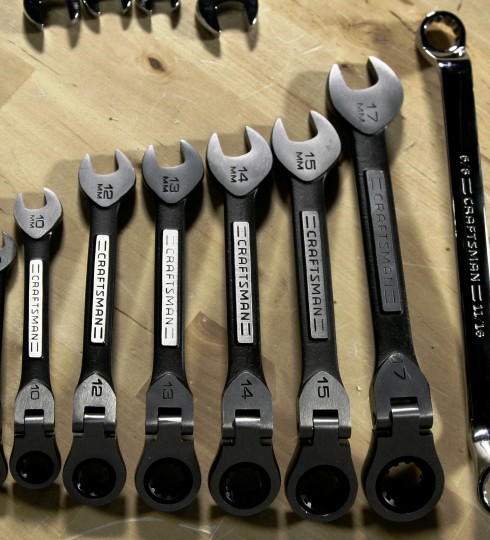
5. RATCHETS AND SOCKETS
A ratchet and socket is used in many of the same applications as the combination wrench but, it is faster because the wrench doesn’t have to be removed after every turn. Tighten and loosen fasteners by flipping the lever to reverse the action. Each socket has standard and metric increments to match the precise diameter of the fastener.
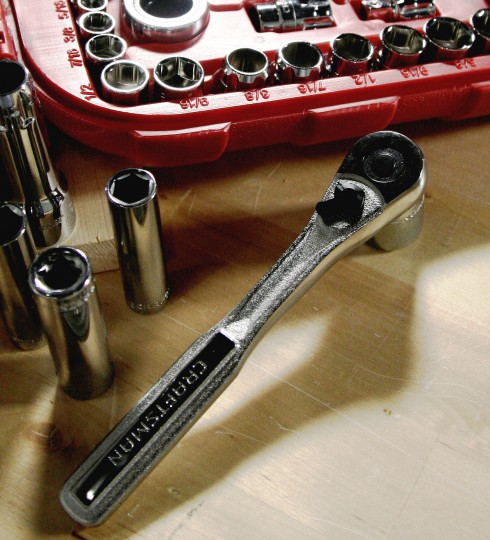
6. DEEP WELL SOCKETS
Deep well sockets allow for extra stability when tightening a long fastener or tightening down a bolt over a long thread.
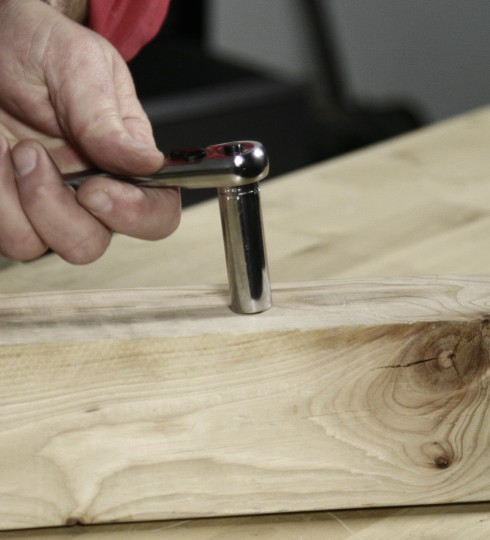
7. PASS-THROUGH SOCKETS
Pass-through sockets have an open back to let bolt slack slip through. The fewer points of contact inside the socket, the more torque you can apply. 6 point sockets are the pro’s choice because they can handle the most force. 12 point sockets are common in a do-it-yourself toolkit. A universal socket has more teeth inside - so it adapts to more bolt sizes.
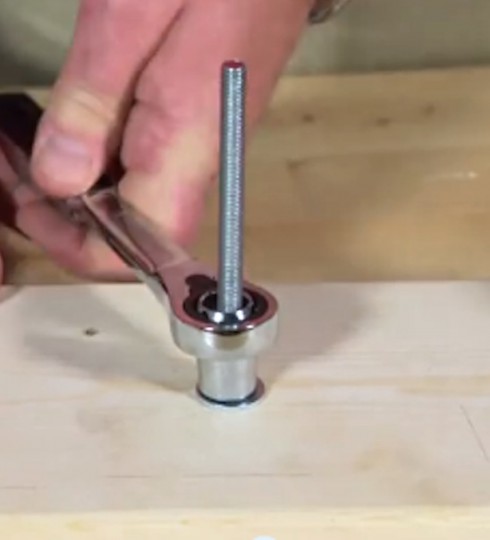
8. TORQUE WRENCH
A torque wrench is used when a precise amount of torque needs to be applied to a fastener. You set the wrench or read the gauge to apply the correct amount of torque to the fastener as recommended by the manufacturer, usually in an owner’s manual. It is used a lot in automotive repair, and some other common types of machinery like a lawnmower.
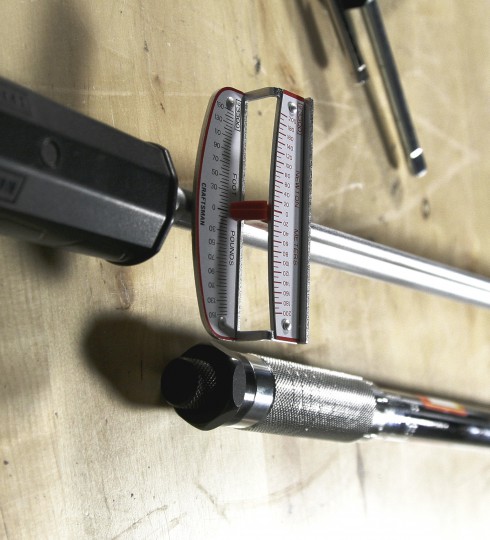
9. HELPFUL TIP:
Be aware that stubborn bolts can give way suddenly. It’s usually best to pull toward you, vs. pushing.
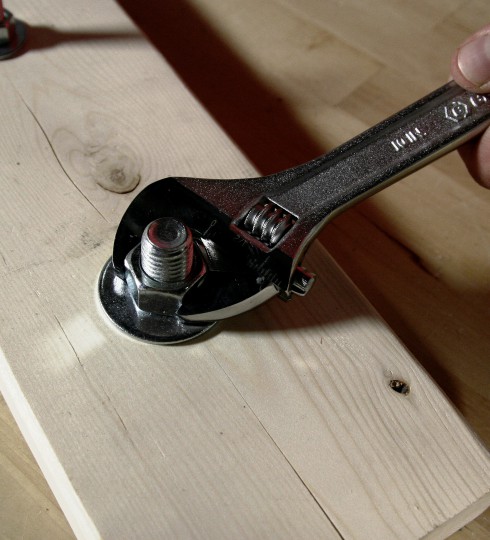
10. HELPFUL TIP:
For beginners, a socket wrench set will probably work for most jobs. If you’re an avid do-it-yourselfer, you probably want combination wrenches too. They’ll get into tighter spots and offer the most leverage for tougher jobs.
